2016 Asia Traditional Orchestra : Asia becomes ONE through music
- write
- 2016-07-08
Lookup 885
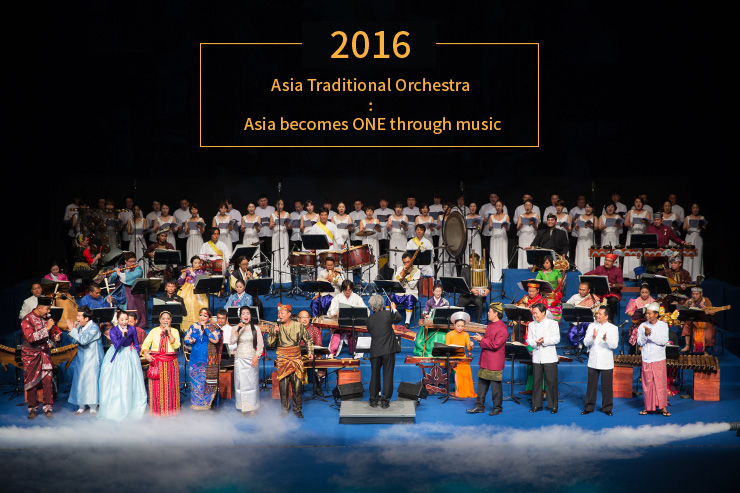
In
the 19th Century, revered American Poet Henry Wordsworth Longfellow (1807-1882)
once said, “Music is the universal language of all mankind.” Proposing his
proto-music theory, English naturalist Charles Darwin (1809-1882) suggested
that music is actually older and more instinctual to us as a species than human
speech. Researchers from two Canadian universities recently proved that music
can have similar effects on people from completely different cultures. All
these indicate music can bring together people of various cultures despite
language barriers.
These
theories were once again validated here in Gwangju on Friday (24th June)
evening when the 2016 Asia Traditional Orchestra was performed at the Asia
Culture Center (ACC). Celebrating 7th Asia-Europe Culture Ministers’ Meeting,
an orchestra consisted of 35 musicians and 7 soloists along with nearly 35
traditional instruments from 11 Asian countries was performed under the theme
of “bringing Asia together as one through music.”
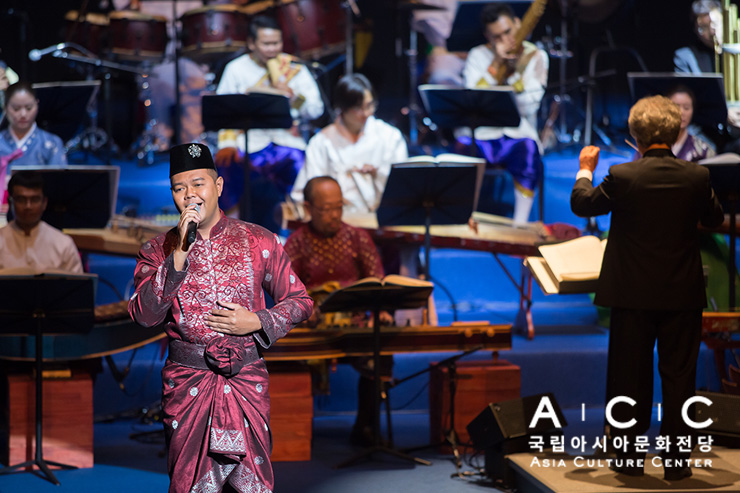
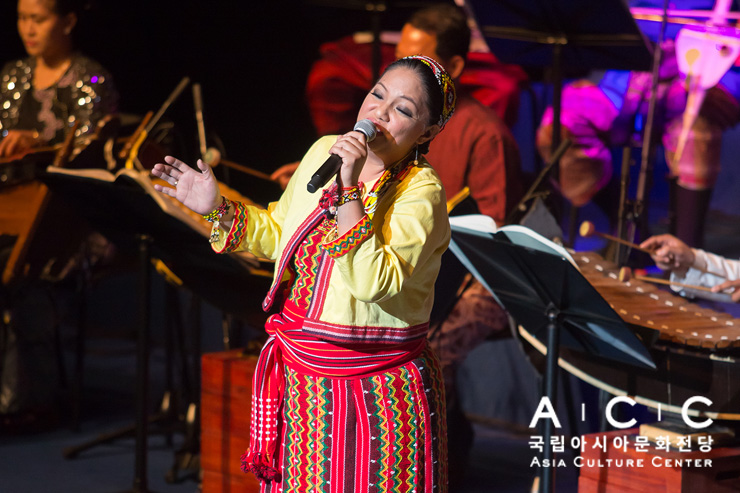
Singing
performances by soloists
Percussion instruments such as Indonesia’s Kendang and Malaysia’s Rebana were well combined with Korea’s Janggu while string instruments such as Vietnam’s Dan Bau and Singapore’s Erhu were accompanied with Korea’s Gayageum. In addition, Khean, a wind instrument from Laos, was well associated with Korea’s Piri and Daegeum. It was a wonderful experience to see how carefully selected different traditional instruments of 11 countries were harmonized to become one sound on the stage.
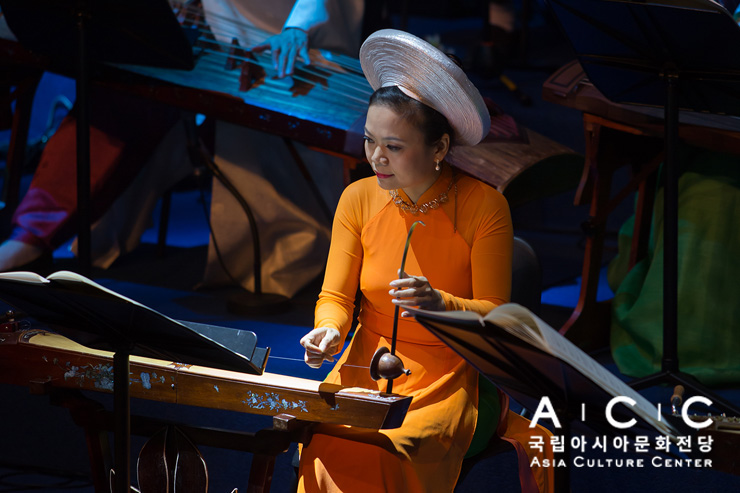
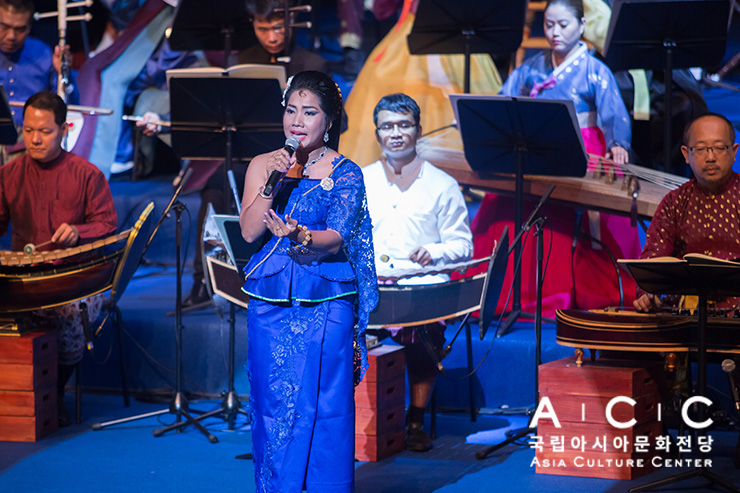
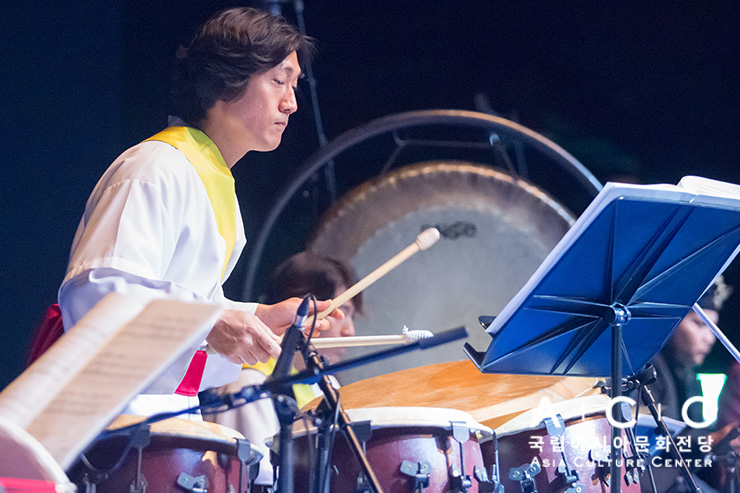
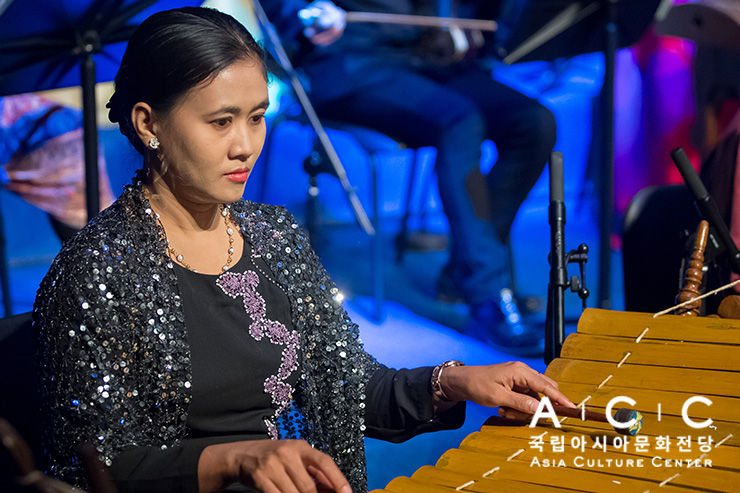
Instruments
playing
“Love Asia,” the grand finale of the concert, was a piece featuring the Korean lyrics “Hello, Love you, Thank you” in the languages of all 11 countries. Furthermore, the melody of this song was composed to resemble the style of the folk song from each country. Illustrating the everlasting harmony and unity among the nations, all the soloists joined together in singing this song.
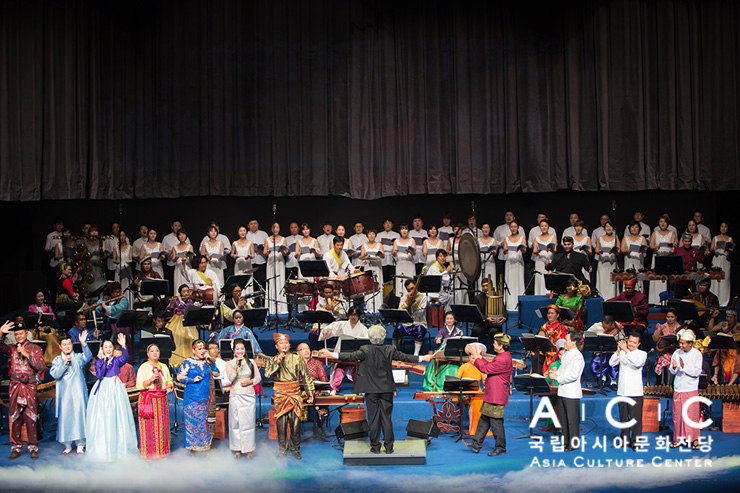
All
singers on stage to perform “Love Asia”
The
Asia Traditional Orchestra is the outcome of ASEAN countries’ acceptance of
Korea’s proposal to create an “Asia that is united through music” by forming an
orchestra exclusively of traditional Asian instruments. The Asia Traditional
Orchestra was unique in that sense and it is the world’s third traditional
orchestra of international nature. The Orchestra was established on the
occasion of the ASEAN-Republic of Korea Commemorative Summit held in Jeju Island
in May 2009. The member countries in the orchestra are Korea and the following
Southeast Asian ASEAN member nations: Brunei, Cambodia, Laos, Indonesia,
Malaysia, Myanmar, the Philippines, Singapore, Thailand and Vietnam.
Now,
the Asia Traditional Orchestra is run independently from the ACC and it is a
key element of the ACC. Functioning as a hub facility, the ACC serves as a
cultural research center for exchange and creations, education, and research
projects through systematic collaboration. Similarly, founding objectives of
the Asia Traditional Orchestra were also to promote friendship and
understanding through cultural exchanges while promoting Asian music around the
world. Therefore, a cross-cultural composition such as the Asia Traditional
Orchestra is an excellent example for how the ACC’s vision is accomplished.
-
Written by: TharangaRanasinghe, 9thACC Reporters Corps

